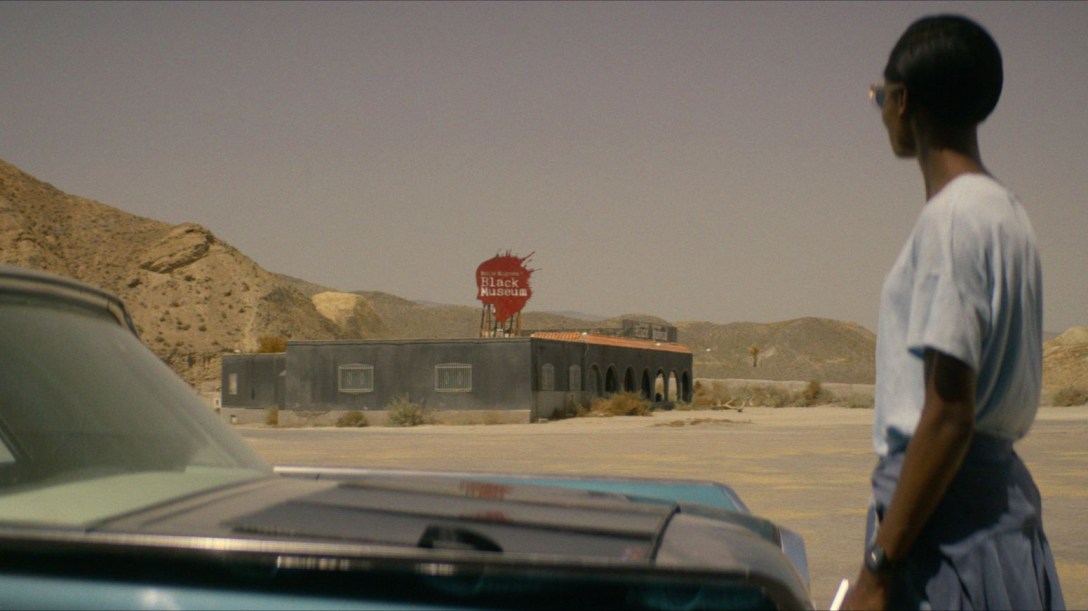In the last episode of season 4 of Black Mirror, “Black Museum,” the realities of black suffering and torture on the precipice of death is front and center. I’ve read several interesting pieces on the episode that discuss a range of topics from black torture porn to black revolt. For me, it isn’t just the imprisonment of Clayton Leigh’s mind in the museum that is disturbing, it is repetition of his electric chair-driven torture that brings him to the precipice of death day after day, hour by hour, each visitor who sees it as a chance to relive the pain of someone who is viewed as non-human in this operation. Leigh’s pain is seen as normal, a passing entertainment and attraction for others, where they are drawn to black pain, black body suffering, and moments of possible death. In fact, Leigh’s story was building in the background throughout the story, presented in news clips to build sympathy for the missing woman.
In a world painted in anti-blackness, one of the most significant markers is the claim to ownership of where and when death occurs. It’s the same marker that leads to street executions and migrant drownings. The state exercises power over black movement and lives, dictating through laws and societal acceptances who lives and who dies – which is often directly related to ‘use.’ Leigh presents a clear use for Haynes, a man who presents his belief in Leigh’s guilt as an excuse for the entrapment of Leigh’s mind. As people lose interest in the museum and Haynes turns to selling longing moments with the torture switch to more sadistic museum-goers, it’s almost as if we are meant to believe that these latter set of visitors are worse than the former. There is no difference in participating in active or passive torture porn, as the levels of satisfaction in seeing the pain, the harm, and collecting the souvenir to constantly return to relive is the same. Only the pulling of the handle is longer, and at this point, Leigh is already the silent and shell version of this ‘self’ that we see in “Black Museum.”
That was the hardest moment for me to watch. The growing silence and disorienting of Leigh. A silencing and disorienting so familiar and intimate. And so often, such events go unspoken of, with no one to bear witness.
Clayton Leigh doesn’t have a past that is presented to us in “Black Museum,” but as Christina Sharpe reminds us, we as black people live in the wake of slavery – a past that is not yet past. In the wake of slavery, we constantly find ourselves on the precipice of death. A position that if we let it, results in new ways of engaging with one another and the world. While Leigh does not survive this episode (another topic that my friend Preston reminds us is necessary to discuss), we see the love that Nish has for her father that centers her in her journey to free him from the continued precipice of death. In the wake of this reality, she found a new way to bear witness to the present and the final death of her father.
In this way, “Black Museum” perhaps suggests one way to confront intergenerational trauma. When Nish sets the museum on fire, it is revealed that she shares the spaces of her consciousness with her mother, who voices pride in the acts of her daughter. Acts that she would have been able to witness and voice opinions on as Nish engaged with Haynes, much in the same way that our triumphs and our traumas are complex threaded weaves of connection from one generation to the next. While such trauma writes itself onto our very DNA, perhaps in deciding where and when particular traumas end allow us to move forward in new paths along and beyond the wake.

